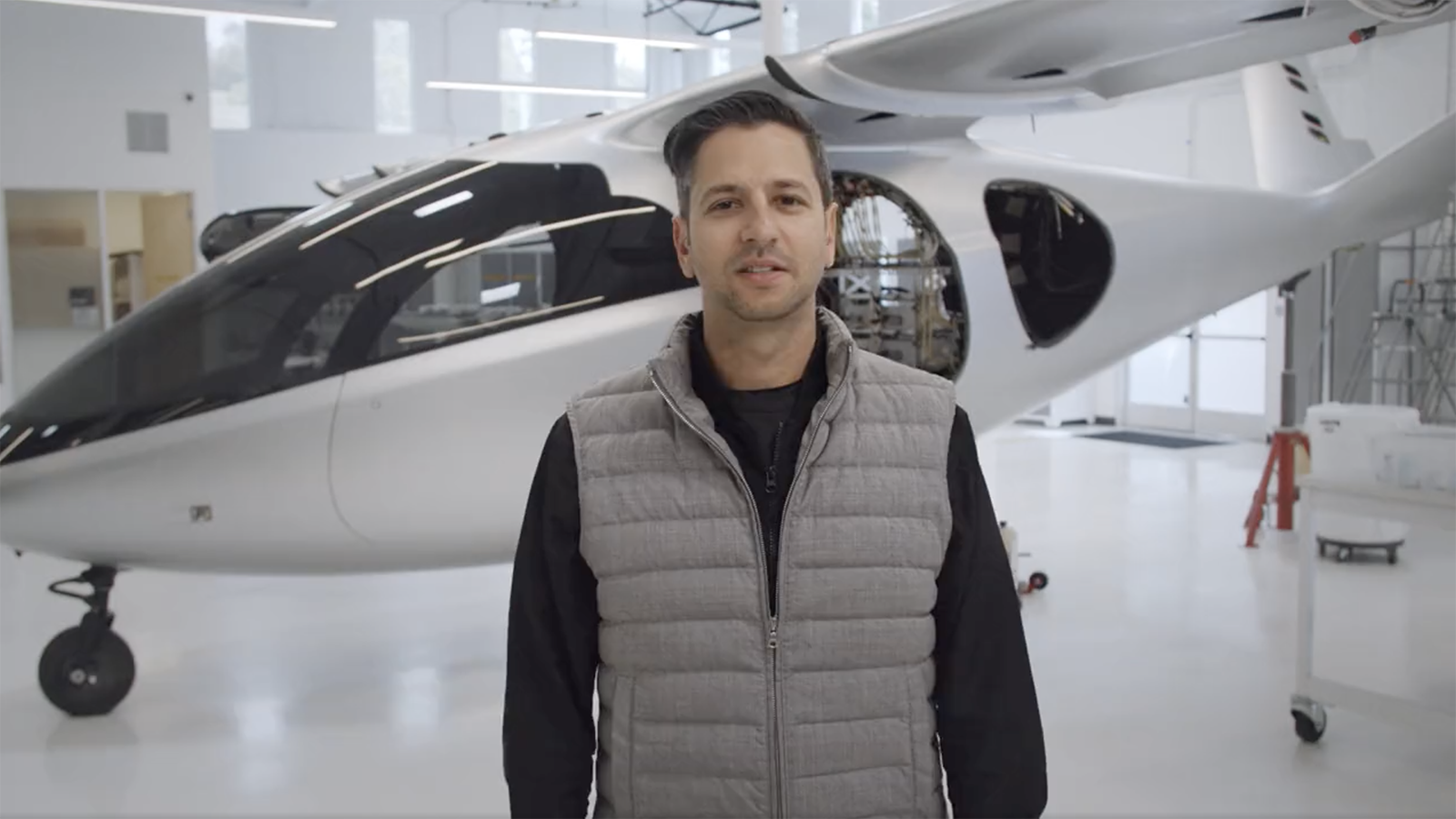Stay Up to Date
Submit your email address to receive the latest industry and Aerospace America news.
Goldstein discusses building a supply base, certification progress with Maker demonstrator
Archer Aviation CEO Adam Goldstein believes the advanced air mobility industry should start collaborating more on issues like regulation and public education.
“We’re not really jockeying for money as much anymore or to see who can raise the most,” Goldstein told me in an interview.
I reached out to Goldstein to discuss how the nascent industry might work together more closely after he posted a July 7 Twitter thread on the topic. In the tweets, he wrote that such collaboration is essential “if we want to realize the amazing future that awaits our society” with the promise of electric aircraft ferrying cargo and passengers to destinations inaccessible by today’s air travel industry.
“I’m really excited for the day when you start to see one of these vehicles fly over the Golden Gate Bridge or fly around Manhattan in a public demonstration,” Goldstein said. “We can make the case that we won’t be adding any noise levels. In fact, I’d say we’ll be reducing noise by eventually replacing helicopters.”
He told me that recent progress by Archer and other leading developers of electric takeoff and landing vehicles means the industry can now focus on common issues. One particular need he identified was presenting a unified front when working with regulators including FAA and the European Union Aviation Safety Agency, a topic Goldstein said he has spoken to senior leadership at Joby Aviation of California and other companies about.
Another area he said the multiple AAM competitors could work together on is building a supply base for components including batteries and avionics. Billions of dollars poured into the sector once lithium-ion batteries were shown to be powerful enough for Tesla’s electric cars, but the covid-19 pandemic temporarily throttled development.
In addition to this collaboration, Goldstein said he’d like to see competitors develop a more collegial attitude, much like how space companies congratulate new players who reach orbit for the first time. When Joby earned its FAA Part 135 Air Carrier Certificate in late May, Goldstein tweeted his congratulations, calling the milestone “a big win for the whole eVTOL industry.”
As for Archer’s recent achievements, he said the company continues to make good progress on its own effort toward earning FAA type certification for its air taxi, one of three certifications the company needs to begin passenger flights with its electric rotorcraft.
“We’re through with a decent chunk of our development program and a decent chunk of the certification process, and we think we’ll be able to get to market with a certified vehicle by the end of 2024,” Goldstein said.
Archer’s two-seat demonstrator, Maker, completed its first hover flight tests in December. Since then, the company has worked on perfecting its tilt rotor system. “We think we can achieve transition to forward flight by the end of this year, which would be the fastest that anyone in our industry has achieved yet.”
Joby Aviation and Germany-based Lilium are among the few other air taxi developers to announce a similar flight transition.
In parallel with the certification efforts, Archer has begun production of Maker’s successor, which has yet to be named, Goldstein said. The operational aircraft will carry a pilot plus four passengers, helping Archer reach its target market of on-demand air taxi flights with rapid turnaround.
“We will sell planes at first, but our eventual goal is to operate an Archer Airline that you can take in any major city,” he said. “My view is that the demand all sits in this 30-mile-type mission from the airport to the congested city center, for example.”
Goldstein said most of Archer’s 400 employees are now focused on production.
Get the latest news about advanced air mobility delivered to your inbox every two weeks.
About paul brinkmann
Paul covers advanced air mobility, space launches and more for our website and the quarterly magazine. Paul joined us in 2022 and is based near Kennedy Space Center in Florida. He previously covered aerospace for United Press International and the Orlando Sentinel.
Related Posts
Stay Up to Date
Submit your email address to receive the latest industry and Aerospace America news.





